The Moral Molecule
The Moral
Molecule
THE SOURCE OF LOVE AND PROSPERITY
Paul J. Zak

DUTTON
DUTTON
Published by Penguin Group (USA) Inc.
375 Hudson Street, New York, New York 10014, U.S.A.
Penguin Group (Canada), 90 Eglinton Avenue East, Suite 700, Toronto, Ontario M4P 2Y3, Canada (a division of Pearson Penguin Canada Inc.); Penguin Books Ltd, 80 Strand, London WC2R 0RL, England; Penguin Ireland, 25 St Stephens Green, Dublin 2, Ireland (a division of Penguin Books Ltd); Penguin Group (Australia), 250 Camberwell Road, Camberwell, Victoria 3124, Australia (a division of Pearson Australia Group Pty Ltd); Penguin Books India Pvt Ltd, 11 Community Centre, Panchsheel Park, New Delhi110 017, India; Penguin Group (NZ), 67 Apollo Drive, Rosedale, Auckland 0632, New Zealand (a division of Pearson New Zealand Ltd); Penguin Books (South Africa) (Pty) Ltd, 24 Sturdee Avenue, Rosebank, Johannesburg 2196, South Africa
Penguin Books Ltd, Registered Offices: 80 Strand, London WC2R 0RL, England
Published by Dutton, a member of Penguin Group (USA) Inc.
First printing, May 2012
10 9 8 7 6 5 4 3 2 1
Copyright 2012 by Paul J. Zak
All rights reserved. No part of this book may be reproduced, scanned, or distributed in any printed or electronic form without permission. Please do not participate in or encourage piracy of copyrighted materials in violation of the authors rights. Purchase only authorized editions.
 REGISTERED TRADEMARKMARCA REGISTRADA
REGISTERED TRADEMARKMARCA REGISTRADA
LIBRARY OF CONGRESS CATALOGING-IN-PUBLICATION DATA
Zak, Paul J.
The moral molecule : the source of love and prosperity / Paul Zak.
p. cm.
Includes bibliographical references and index.
ISBN: 978-1-101-58555-9
1. Social psychology. 2. Human behavior. I. Title.
HM1033.Z353 2012
302.14dc23 2011035895
Printed in the United States of America
Set in Dante MT Std with Aptifer Sans LT Pro
Designed by Daniel Lagin
While the author has made every effort to provide accurate telephone numbers and Internet addresses at the time of publication, neither the publisher nor the author assumes any responsibility for errors, or for changes that occur after publication. Further, the publisher does not have any control over and does not assume any responsibility for author or third-party Web sites or their content.
ALWAYS LEARNING
PEARSON
To my daughters Alexandra and Elke who, through their love,
have made me a better and happier person
Introduction
Vampire Wedding
I t was a lovely day for a wedding, the English sun peeking from behind English clouds as the guests gathered in their finest. The ceremony was going to be at Huntsham Court, a Victorian manor house out in Devon, and it was set to begin in ten minutes. I was supposed to have shown up an hour ago.
I parked my rented Vauxhall in the gravel courtyard, left the engine running, jumped out in my lab coat for an immediate reconnoiter, then commandeered a guest to help me carry in the 150-pound centrifuge and 30 kilos of dry ice Id brought with me in the car. With a second trip I carried in the syringes, 156 pre-labeled test tubes, tourniquets, alcohol preps, and Band-aids that Id shipped from California.
The plan Id worked out with Linda Geddes, the bride, was to take two samplesone blood draw immediately before the vows, and one immediately afterfrom a cross-section of friends and family in attendance. Within the wedding party itself, Lindas father was the only holdout; the mother of the groom had been ill, so we gave her a pass.
Now, taking blood at weddings is not a long-standing tradition in this part of England, or anywhere else that I know of. In this case, the bride was a writer for the New Scientist whod been following my research. She was also known for throwing herself into her stories gonzo-style. One day out of the blue she invited me to fly across the Atlantic to see her get married, but it wasnt because wed become such close pals. She wanted me to run an experiment to illustrate a point. Just for fun, she wanted to see if the emotional uplift of her wedding would alter the guests levels of oxytocin (not to be confused with the often-abused painkiller OxyContin), the chemical messenger Id been studying for the past several years. Oxytocin is known primarily as a female reproductive hormone, and usually its associated less with wedding vows and champagne than with what, in an earlier time, often happened nine months after. Oxytocin controls contractions during labor, which is where many women encounter it as Pitocin, the commercially available synthetic version doctors inject in expectant mothers to induce delivery. Oxytocin is also responsible for the calm, focused attention mothers relish on their babies while breast-feeding. Then again, oxytocin is well representedwe hopeon wedding nights, because it helps create the warm glow both women and men feel during sex, or a massage, or even a hug.
Linda hadnt reached out to me because of anything new I had to say about oxytocin as the birth hormone or the cuddle hormone, but because of an entirely different role Id discovered for it. My research had demonstrated that this chemical messenger both in the brain and in the blood is, in fact, the key to moral behavior. Not just in our intimate relationships, but also in our business dealings, in politics, in society at large.
Which is a point, I realize, that might take some getting used to.
Am I actually saying that a single moleculeand, by the way, a chemical substance that scientists like me can manipulate in the labaccounts for why some people give freely of themselves and others are coldhearted bastards, why some people cheat and steal and others you can trust with your life, why some husbands are more faithful than others, and, by the way, why women tend to be more generousand nicerthan men?
In a word, yes.
Beginning in 2001, my colleagues and I conducted a number of experiments showing that when someones level of oxytocin goes up, he or she responds more generously and caringly, even with complete strangers. As a benchmark for measuring behavior, we relied on the willingness of the people being tested to share real money in real time. To measure the increase in oxytocin, we took their blood and analyzed it.
Money, as everybody knows, comes in conveniently measurable unitsnickels and dimes, tens and twentieswhich meant that we were able to quantify the increase in generosity by the amount someone was willing to share. We were then able to correlate these numbers with the increase in oxytocin found in the blood. Later, to be absolutely certain that what we were seeing was not just an association but true cause and effect, we infused synthetic oxytocin into our study subjects nasal passagesthe next best thing to shooting it directly into their brains. As for cause and effect, we found that we could turn the behavioral response on and off like a garden hose.
But what our work demonstrated first and foremost is that you dont need to shoot a chemical up someones nose, or have sex with them, or even give them a hug in order to create the surge in oxytocin that leads to more generous behavior. Fortunately, all you have to do to trigger this Moral Molecule is give someone a sign of trust. When one person extends himself to another in a trusting way, the person being trusted experiences a surge in oxytocin that makes her less likely to hold back, and less likely to cheat. Which is another way of saying that the feeling of being trusted makes a person more trustworthy. Which, over time, makes other people more inclined to trust, which in turn...
Next page
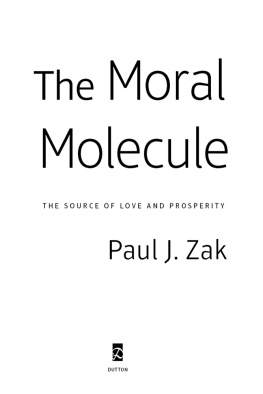




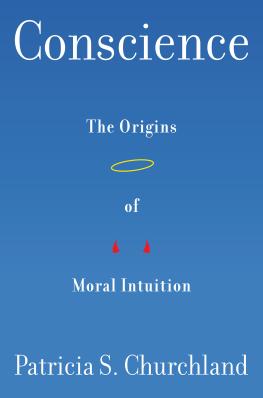
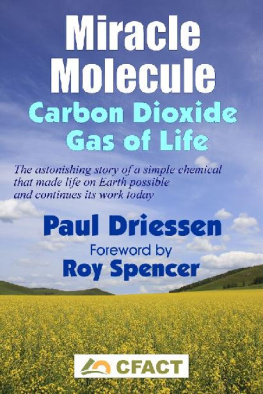
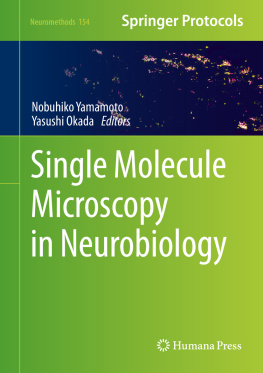
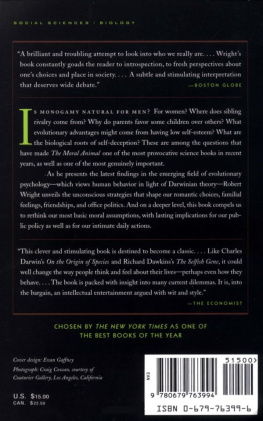
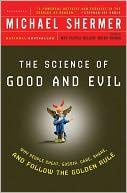

 REGISTERED TRADEMARKMARCA REGISTRADA
REGISTERED TRADEMARKMARCA REGISTRADA